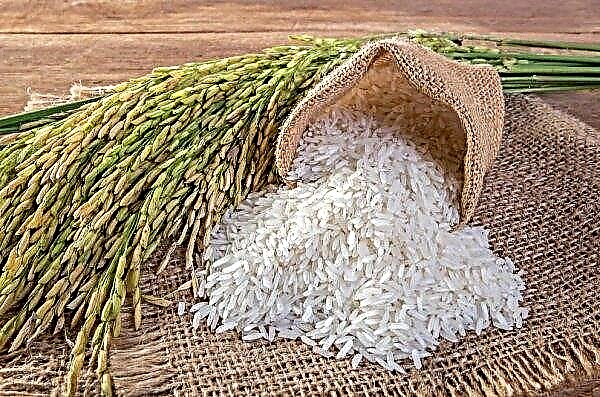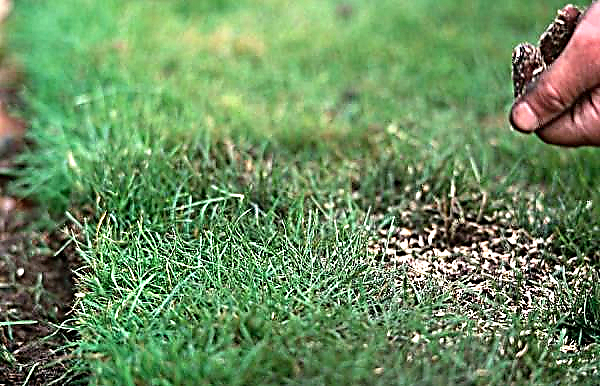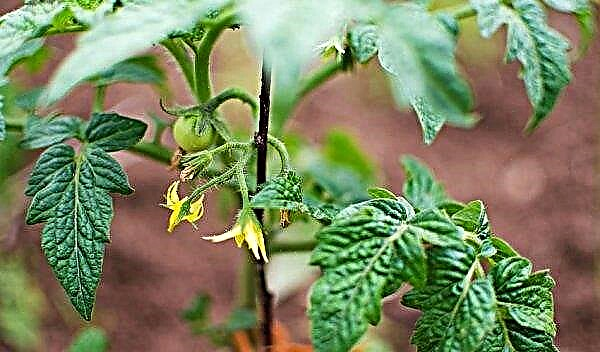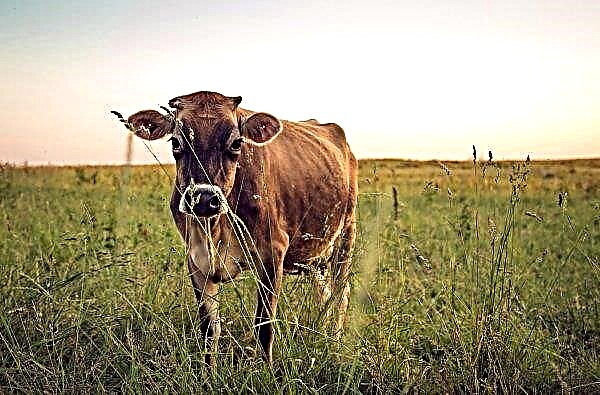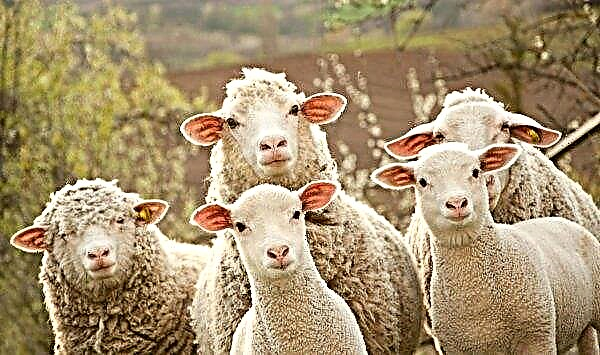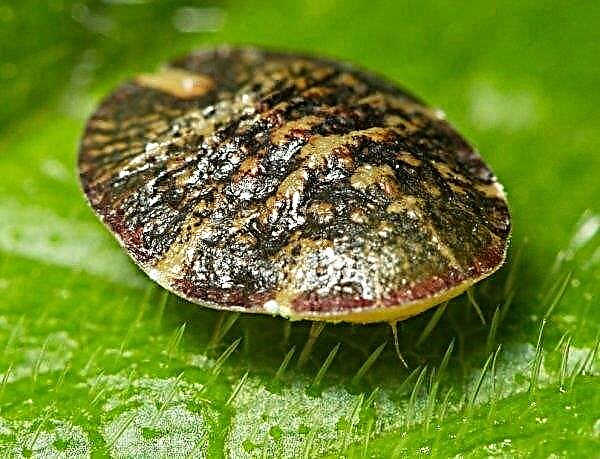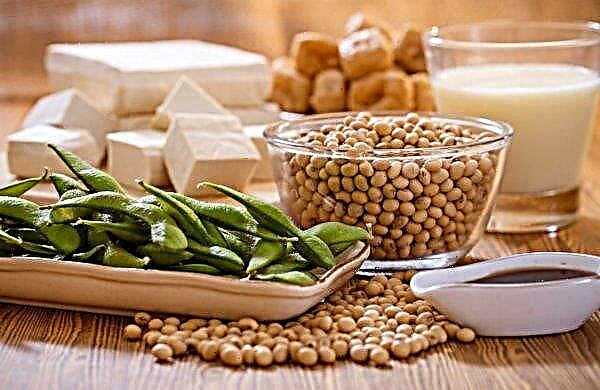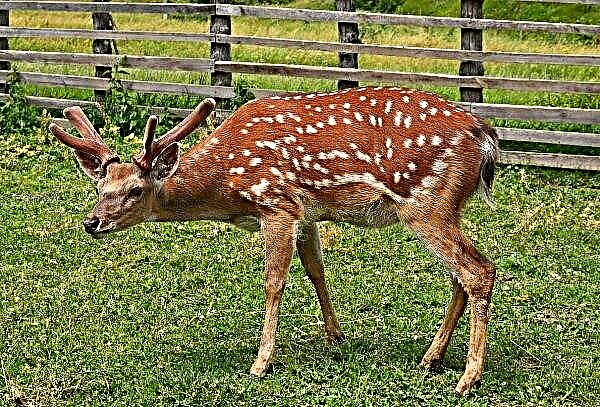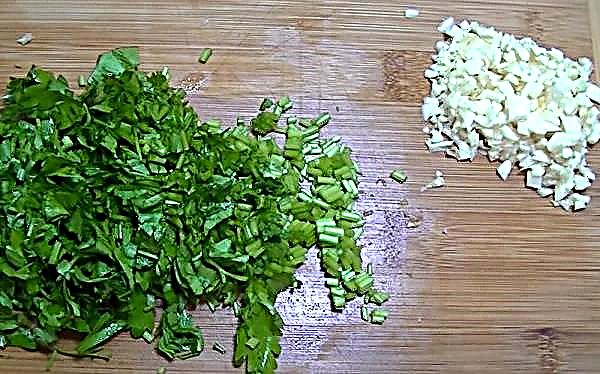If a garden and an orchard are an integral part of your life, then you should not forget about sorties on a personal plot even during the winter "lull".
Moreover, January is not only an occasion to cool off under the New Year tree, but also quite a hot agricultural time. After all, this month you can check the status of your land in time, start pruning garden crops, repair and prepare farm equipment for the new season, and stock up on planting material.
What is the main job you need to do gardener in January

One of the main January tasks in preparation for the new agricultural season is considered the planning of future plantings. And here such tips will be useful:
- draw on paper a plan of a summer cottage;
- mark in the figure the places of future planting in the garden, garden, flower garden and greenhouse, taking into account the crops that have previously grown in these places;
- indicate the approximate dates of sowing and planting.
With such a useful scheme, you can easily determine which sections will be empty for some time, waiting for your high point. In the future, they can be used for planting early, green, cold-resistant crops - for example, spinach, lettuce and leaf mustard, which are sown in a winter greenhouse with illumination.
Other important tasks for January:
- checking seeds (purchased or own) for germination;
- purchase of plastic film, covering material;
- purchase of organic and mineral fertilizers;
- purchase of plant growth stimulants (zircon, humates, epin);
- purchase of protective preparations against pests and diseases;
- audit of vegetable stocks. Which are kept in a vault or cellar;
- soil breaking in greenhouses;
- preparation for the cultivation of the main greenhouse crops (preparation of a land substrate for growing seedlings, seedlings and containers);
- sowing in the winter greenhouse illuminated fast-growing salad crops - arugula, garden cress, leaf lettuce and mustard, spinach, radish;
- planting for forcing green onions, root crops of parsley, celery, rosettes from root vegetables of chicory salad and young shoots from old asparagus rhizomes.
Did you know? In order for the night to be as light as day, about three hundred thousand moons would be needed. Moreover, 206,264 moons should at this moment be in the full moon phase.
Do not forget that in January they inspect stored vegetables left over from the previous harvest. With prolonged or, more often, improper storage on different parts of root crops, gray and white rot may develop, as evidenced by gray fluffy plaque or softening and mucousness of the affected areas.

Lead-gray spots on potatoes, in turn, indicate tuber damage with late blight even when cultivated. Lime onion and softening are a sign that the vegetable has suffered from neck rot, which often occurs under improper storage conditions. Any vegetables whose appearance causes doubt must be removed from the cellar and destroyed.
Summer residents, hastening to quickly begin to grow plants, in January often carry out work on the forcing of young heads of cabbage from salad roots of chicory and tender shoots of asparagus from its two- or three-year-old rhizomes.
What flowers are best sown in January
January is an excellent period for sowing some flower crops. These include gaillardia, eustoma, delphinium and many others.
Wrinkled calceolaria
Wrinkled calceolaria (Calceolaria integrifolia) - perennial, usually grown as an annual (grows quickly, losing decorativeness). It blooms from May to September, it requires regular top dressing with a complex mineral fertilizer for decorative flowering plants (with a significant proportion of potassium and phosphorus).

Gaillardia
Gaillardia (Gaillardia) is a perennial, often grown as an annual, in view of the fragility and tendency to overgrowth (loss of decorativeness).

Large antirrinum (snapdragon)
Antirrinum (Antirrhinum majus) in the first year of planting blooms and gives seeds, so it is grown as an annual, renewable annually from seedlings. With good shelter, it can also be grown as a perennial. Earlier growing seedlings allows you to get already blooming plants by the time of planting in open ground.

Eustoma
Eustoma (Eustoma or Lisianthus) belongs to the gentian family. This is a very sophisticated plant, not inferior in beauty to roses, especially terry varieties. Eustoma has a rich variety variety, there are colors with blue petals and two-tone.

Verbena hybrid
Hybrid Verbena (Verbena x hybrida) is a low bushy annual that can be grown both on flowerbeds, mixborders, and in containers.

Lobelia
Lobelia (Lobelia) - a perennial herb with very abundant flowering small bells. In the simplest form, erect stems form bushes on average about 30-40 cm tall, but more often lobelia is grown as a ground cover or semi-ampel culture. She is planted in flowerpots and hanging baskets.

Favorable and unfavorable planting days in January 2020 for the gardener
The stay of the moon in a particular zodiac house lasts no more than three days. During this time, a self-respecting farmer must either have time to do all the scheduled work, guided by the calendar, or postpone the execution of tasks for a more profitable lunar period.
The following are considered optimal zodiac houses that have a positive effect on the rooting, growth and yield of crops:
- Libra;
- Capricorn;
- Fishes;
- Taurus;
- Crayfish;
- Scorpio.
They do not affect the growth and productivity, but also do not slow down these processes such zodiac houses of the moon as:
- Sagittarius;
- Virgo.
But to refrain from any sowing, landing and transplanting work on your site is best when the January Moon is in the following houses:
- Aquarius;
- A lion;
- Aries;
- Twins.
The effect of the moon phase on plants
Any work on the site can be adapted to the phases of the moon, the main thing: to know what impact they have on plants.
Moon phases in january 2020
from January 1 to January 9 - the growing moon; January 10 - the full moon; from January 11 to 24 - the waning moon; January 25 - the new moon; from January 26 to 31 - the growing moon. Favorable days for sowing in January 2020 - 1, 5, 6, 14, 16, 18, 22, 25. The lunar calendar of the gardener for January 2020 is by day
To rationally distribute your personal time, you can use the lunar calendar for January, presented below:
In the signFish
Young moon
(Second phase)
7/8 moon day
Auspicious day
A great day to plant vegetable seeds for distillation of seedlings
In sign
Young moon
(Second phase)
8/9 moon day
Bad day
It is better to refrain from sowing vegetables.
In sign
First quarter
(Third phase)
9/10 moon day
Bad day
It is better to refrain from sowing vegetables.
In sign
The coming moon
(Fourth phase)
10/11 lunar day
Bad day
It is better to refrain from sowing vegetables.
In the sign Taurus
The coming moon
(Fourth phase)
11/12 moon day
Auspicious day
Cultivated plants are waiting for you to sow them.
In the sign Taurus
The coming moon
(Fourth phase)
12/13 moon day
Auspicious day
Cultivated plants are waiting for you to sow them.
In the sign
The coming moon
(Fourth phase)
13/14 lunar day
Auspicious day
From sowing and planting should refrain.
In the sign
The coming moon
(Fourth phase)
14/15 lunar day
Bad day
From sowing and planting should refrain.
In signCancer
The coming moon
(Fourth phase)
15/16 moon day
Bad day
From sowing and planting should refrain.
In signCancer
16 / 17lunar day
Bad day
Do not plan any garden work for this period.
In signCancer
Waning moon
(Sixth phase)
17 / 18lunar day
Bad day
Do not plan any garden work for this period.
In the sign
Waning moon
(Sixth phase)
18/19 lunar day
Bad day
Postpone the manipulation of seeds and seedlings for later.
In the sign
Waning moon
(Sixth phase)
19/20 lunar day
Bad day
Postpone the manipulation of seeds and seedlings for later.
In signVirgo
Waning moon
(Sixth phase)
20 / 21lunar day
Auspicious day
Favorable days for sowing tuber crops. Favorable days for sowing tuber crops.
In signVirgo
Waning moon
(Sixth phase)
21 / 22lunar day
Bad day
Favorable days for sowing tuber crops. Favorable days for sowing tuber crops.
In sign Libra
Waning moon
(Sixth phase)
22 lunar day
Auspicious day
The time has come to sow flowers!
In sign Libra
Waning moon
(Sixth phase)
22 / 23lunar day
Bad day
The time has come to sow flowers!
In sign
Last quarter
(Seventh phase)
23 / 24lunar day
Auspicious day
You can sow onions and salad crops. You can sow onions and salad crops.
In sign
Last quarter
(Seventh phase)
24/25 moon day
Bad day
You can sow onions and salad crops. You can sow onions and salad crops.
In sign Sagittarius
Last quarter
(Seventh phase)
25 / 26lunar day
Bad day
You should abstain from sowing. You should abstain from sowing.
In sign Sagittarius
Last quarter
(Seventh phase)
26 / 27lunar day
Bad day
You should abstain from sowing. You should abstain from sowing.
In the sign
Last quarter
(Seventh phase)
27/28 lunar day
Auspicious day
A favorable period for planting underground crops.
In the sign
Last quarter
(Seventh phase)
28 / 29lunar day
Bad day
A favorable period for planting underground crops.
In the sign
Old moon
(Eighth phase)
29/30 lunar day
Bad day
A favorable period for planting underground crops.
In the sign Aquarius
30/1/2 lunar day
Auspicious day
A favorable period for planting underground crops.
In the sign Aquarius
Young moon
(Second phase)
2/3 moon day
Bad day
Do not plan garden work for this period.
In the signFish
Young moon
(Second phase)
3/4 moon day
Bad day
Do not plan garden work for this period.
In the signFish
First quarter
(Third phase)
4/5 moon day
Bad day
Sowing work should be postponed!
In the signFish
First quarter
(Third phase)
5/6 moon day
Bad day
Sowing work should be postponed!
In sign
First quarter
(Third phase)
6/7 moon day
Bad day
Sowing work should be postponed!
Folk tips for the gardener in January
Some useful recommendations to gardeners regarding the cultivation of garden crops and their care in January:
Important! Do not forget that the lunar calendar is not an incentive to action, but a recommendatory guide. If it is necessary to carry out certain works to save plants, then you need to act immediately, without taking into account the phases of the night luminary and the zodiac signs.
- Try to get snow in the tree-trunk circles of trees and shrubs (especially in raspberries). You can also cover with snow strawberry beds, flower beds with perennial flowers (especially with hybrid lilies).
- You can also snow-cover roses and chrysanthemums. And hydrangeas will thank you for the abundant snow cover. Especially panicle hydrangea.
- Remember that Japanese quinces and gooseberries can freeze in severe frosts. So these crops can also be covered with snow.
- If you have rodents comfortably settled in the country for the winter. Put the baits with poison in the house, which will destroy them in a week, and the mice will not be able to notify the relatives of the danger. For these purposes, farmers usually use the means "Foret", "Clerat", "Geldan". And "Storm" is effective against rats.
- Feed the birds (especially tits) so that they do not glue the buds on fruit branches. To do this, you can fix pieces of fat (unsalted) on the trunks of fruit trees. Tits will flock for tasting and at the same time will clear trunks from pests that winter on the surface and in the recesses of the bark.
- You can sprinkle sunflower seeds (not fried) in a bowl and hang it under a canopy so that titmouse can feast on. Do not forget that birds do not eat cereals! So buckwheat, rice and millet in the feeders can not be sprinkled.

National signs in January
January is a month that will be full of beliefs that are important for farmers. So we get acquainted with the observations of our ancestors and try to predict the yield and fertility of the coming season.
So, first of all, our ancestors believed that a cold January foreshadows a dry and hot July, but at the same time it promises a poor harvest of mushrooms until the fall. If January last year was warm, then this January will most likely be colder.
In the days of old, it was believed: if January is warm, then March may be cold.
The ancestors also believed that the harder the frosts in early January, the hotter the summer.

January is warm - in late spring. And cold January is a harbinger of a fire summer. At the same time, January is dry and frosty (if the water decreases strongly in rivers) - to dry and hot summers.
Snowfalls and frequent snowstorms in January promise a rainy summer. And if in January the snow is dry and light, the summer will be dry. Blizzard January predicts a rainy and violent summer.
And even the ancestors believed that the stronger the frost in January, the less hail in the summer!

